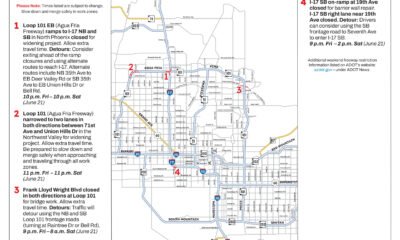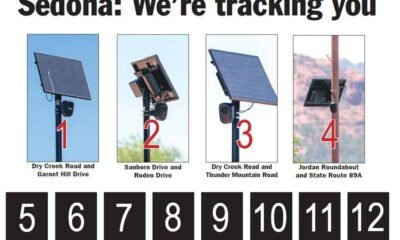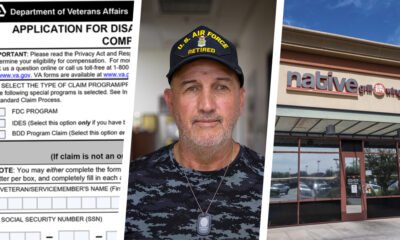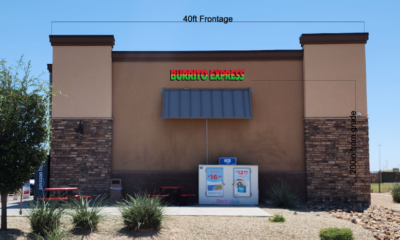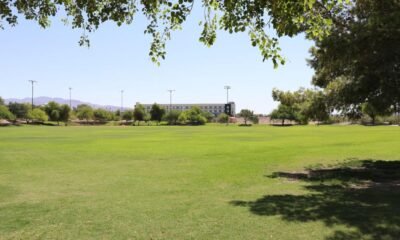City News
Sedona’s Microtransit: $128 Rides Transforming Local Travel
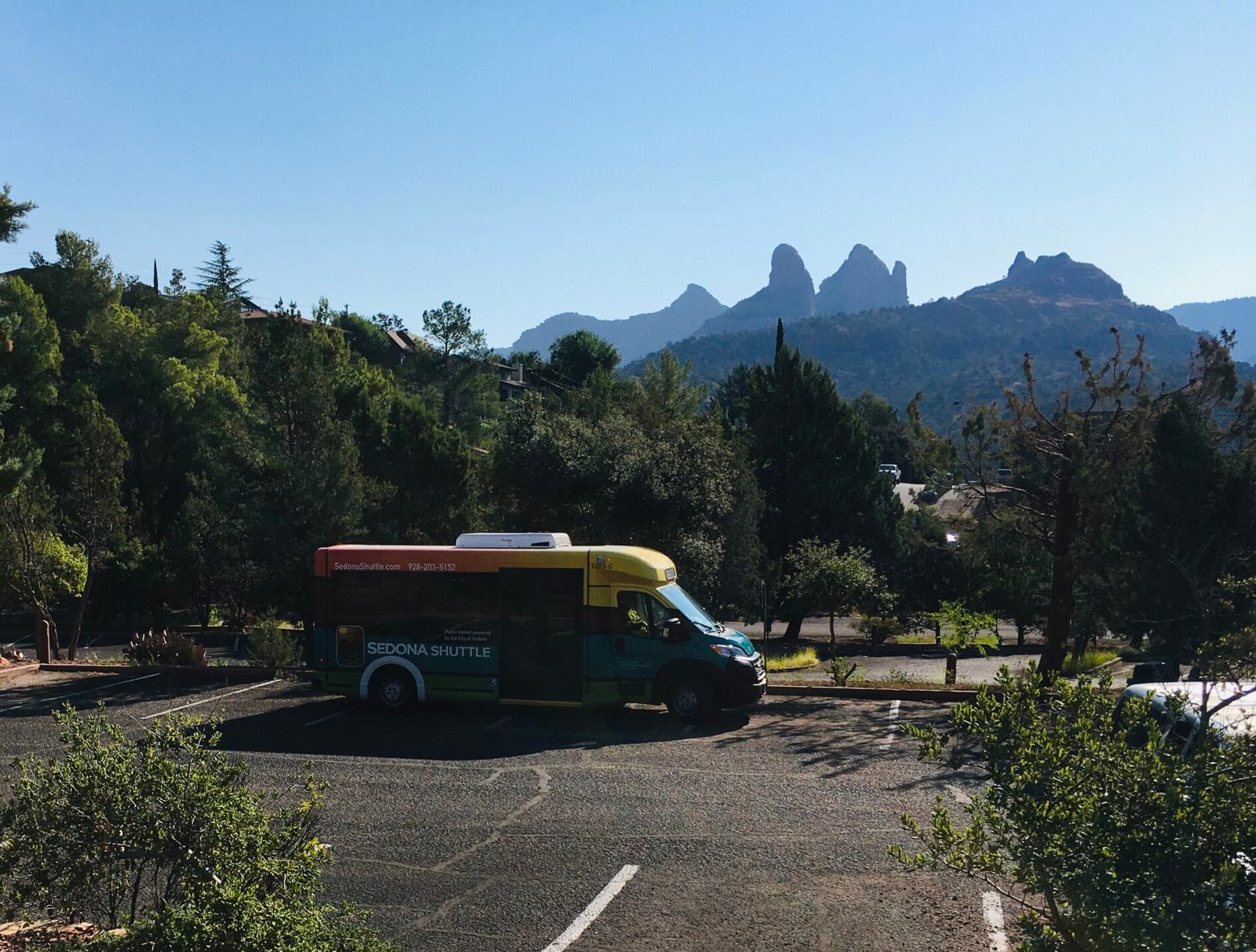
Initial data from Sedona’s microtransit service, which launched recently, reveals a gradual increase in usage, yet the trip numbers remain a small fraction of overall travel in the city.
During its first month, microtransit shuttles provided 480 rides over 21 service days, averaging about 22.9 rides each day. Weekend usage was noted to be rising, with rides reported at 65, 58, 96, 116, and 145 for each of the weekends from late August to late September. The service noted 58 ride cancellations prior to shuttle arrival and only three no-shows. Transit Administrator Robert Weber had originally anticipated around 150 requests per day.
A recent study presented to the City Council by TischlerBise indicates Sedona experiences approximately 68,261 vehicle trips daily, with the microtransit service currently accounting for a mere 0.03% of this traffic.
In total, the service transported 825 passengers during its initial operation phase, averaging 1.7 passengers per ride. Weekend passenger counts showed fluctuations: 115, 80, 129, 209, and 292 over the span of five weekends. At a Community Pulse meeting on October 9, Weber mentioned the service was just two rides short of hitting the milestone of 1,000 total passengers.
The projected annual cost for operating the microtransit service is estimated at $1.1 million, equating to about $21,154 per weekend. The average cost per rider during the first five weekends stood at $128.21.
Timing data revealed that ride requests peaked at noon and 11 a.m., with 61 and 67 requests, respectively. The afternoons also saw notable activity with 54 and 52 requests at 3 p.m. and 4 p.m. The median wait time across the period was recorded at 6.7 minutes, with the longest wait exceeding 15 minutes for 49 trips.
Utilization of technology was evident, as 54% of ride requests came through the mobile app, whereas 36% were made by phone. A smaller portion, 10%, involved walk-up riders. Notably, while the shuttles do not collect passengers in the Uptown area, they frequently idle in the Uptown parking lot.
The shuttles logged a combined distance of 3,365 miles, averaging around 7 miles per trip. Based on an efficiency estimate of 16 miles per gallon, the service generated over two tons of CO2 emissions during its first five weeks of operation.
Heat map data indicates that popular pickup locations include Uptown, the Courtyard Marriott, and Posse Grounds Park, while dropoff spots largely mirror these trends with Uptown leading the way.
